A tree grows in Israel, in Kibbutz Qetura – a Methuselah date palm tree. It is a very unusual tree, a living palm from the days of Jesus which was named Methuselah because of its origins. Technically, it is a young tree but it was sprouted from the seed of a very ancient tree, one that grew in Israel in the 1st century.
In 1963, archaeologists began a dig around King Herod the Great’s palace at the ancient fortress of Masada. The ruins sit atop a jutting plateau of rock in Southern Israel, which overlooks the Judaean Desert to one side and the Dead Sea to the other. It’s naturally fortified by steep cliffs rising some 1,300 feet. About 100 miles north lay the Jordan Valley, with its forests of 40-foot date palms, a medicinal fruit tree that symbolized life and prosperity.
In order to feed hundreds of subjects, Herod had dates and other delicacies shipped to the remote mountaintop — peaches, figs, olives, almonds, wine, and birds for meat, according to Roman historian Flavius Josephus. Then in 73 CE, the Romans attacked the fortress. The siege lasted a full year, during which time the Jews subsisted on what jarred food remained. Ultimately, rather than surrender, they set fire to Herod’s citadel and committed mass suicide. Most of the buildings were left to decay — along with a few tiny seeds that waited inside their warm jar.
Two thousand years later, excavators discovered that curious clay jar buried deep in hot, dry dirt. It was undisturbed and intact. Inside they found several date palm seeds. Back at the lab, scientists broke off tiny chips of the seeds’ shells; carbon dating estimated their origin between 155 BC and 64 CE.
Scientists preserved the seeds at Bar-Ilan University in Tel-Aviv. Forty years later, agriculture expert Dr. Elaine Solowey planted three of them. One seed sprouted. The plant would be named Methuselah, after Noah’s grandfather, the oldest man in the Bible. And that is how the Methuselah date palm appeared.
Solowey still oversees Methuselah’s upbringing. Her job consists of finding new, useful crops for the dry Middle Eastern climate. She hadn’t planned to work with plants this old. “You want me to do what?” she recalls asking her future partner, Dr. Sarah Sallon, a natural medicine researcher in Jerusalem. Working together, they could test both the plant’s physical endurance and any medicinal potential that may have been lost to time. Solowey got to work. First, she soaked the seeds in hot water to activate absorption. From there, she bathed them in nutrients and fertilizer made from seaweed. She chose the Jewish holiday, New Year for Trees, which in 2005 fell on January 25, as the day to plant. After a few months, she noticed a crack in the soil…then a sprout.
“I couldn’t believe it,” she told National Geographic later that year. “I could see it was a date shoot.” The leaves were almost white, with thin grey lines.
The first leaves seemed flat and sickly, as if they were struggling to break from the seed. The team of researchers hoped Methuselah was a female palm. They wanted fruit. Both the Bible and the Quran praise the date palm. The tree provided shade, food, and medicine. In the “land of milk and honey,” dates were the honey. The fruit was large, dark, and very sweet, says Solowey. It had good “shelf life” and was in high demand in Rome.
“Roman emperors wanted Judean dates for their tables,” Solowey told Timeline. “Since they had absolutely nothing else good to say about Jews, Judea, or Judaism, I assume they were very good dates.”
The ancient fruit made tonics for longevity, laxatives, and aphrodisiacs; lore claims they could cure infections. The date was so important to the region that it featured on ancient coinage, and even on Israel’s 10-shekel coin today. But 800 years ago, Crusaders destroyed the last Judean palm and rendered the plant extinct. Dr. Sallon hopes Methuselah is the key to medicinal remedies once lost to history.
By 2010, the plant stood 6.5 feet tall. “I have a date plant,” Solowey told The New York Times. “If it lives, it will be years before we eat any dates. And that’s if it’s female. There’s a 50–50 chance. And if it’s a male, it will just be a curiosity.”
She waited. In 2011, it finally flowered. But Methuselah date palm is male. No fruit.
“Unless we can get a female of the same era,” said Solowey. Her team wasn’t willing to give up the possibility of an ancient date just yet. First they had to test Methuselah’s, ahem, viability. They mated him with modern female date plants. His seed is healthy. “We got fruit and some 50% ancient date trees,” says Solowey.
With Methuselah date palm pollinating like a teenager, the team is busy searching for more ancient mates. They recently got some seeds from an archaeologist working at the Dead Sea. If those sprout a female plant, and Methuselah likes her, humans could soon taste fruit of biblical times. Solowey says to check back this summer. For now, Methuselah date palm is sunning himself on an arid kibbutz in Southern Israel. He holds the record of the oldest seed ever successfully germinated.
“Within a 2,000-year-old seed, a germ of life was still alive,” wrote Jane Goodall in her 2013 book Seeds of Hope, “waiting, waiting, waiting for the right conditions to wake, like Rip Van Winkle, into a strange and different world.”
Original Source: Timeline.com



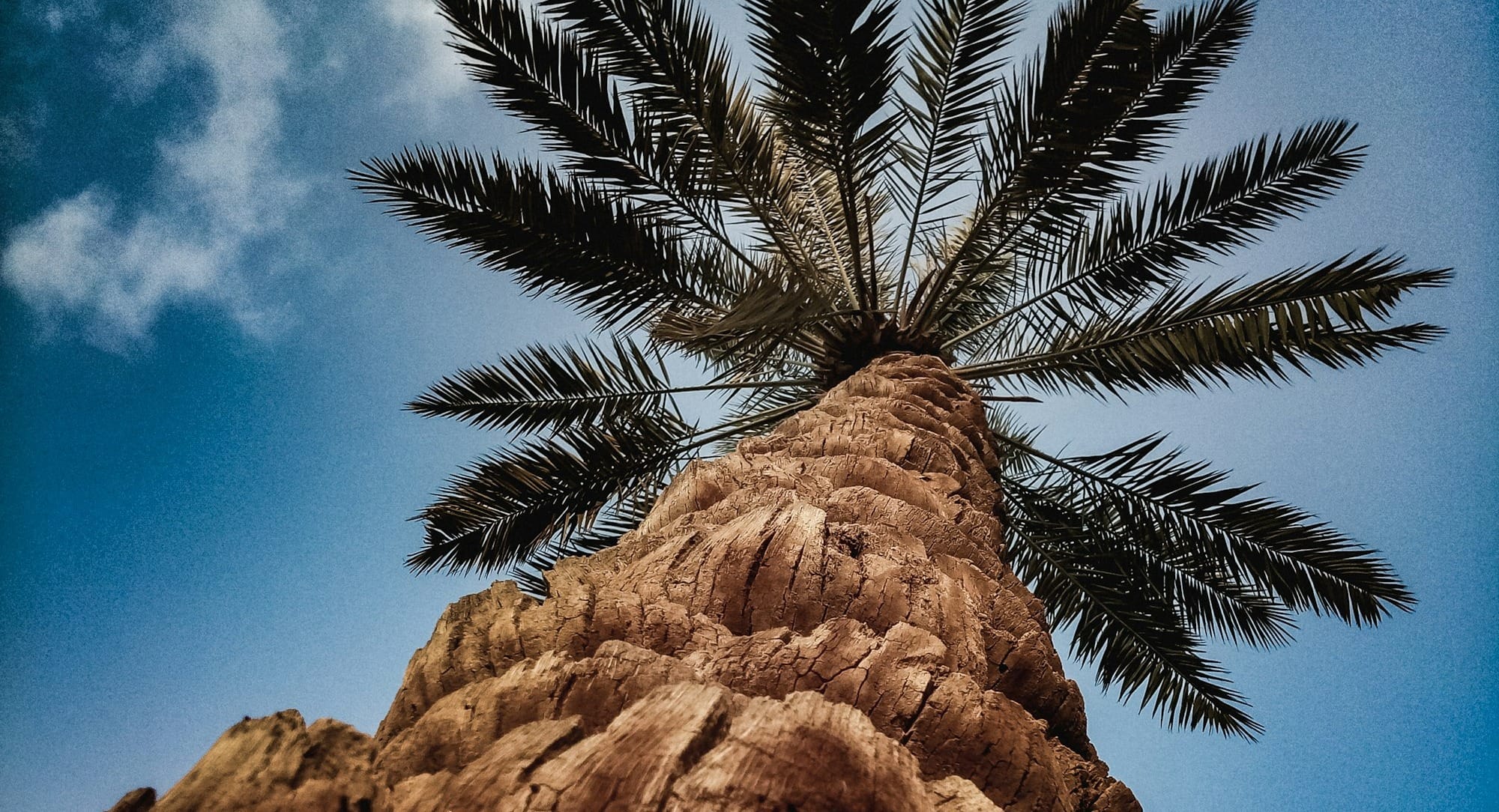
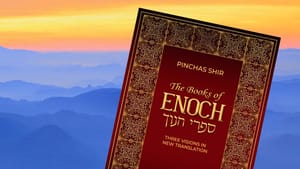


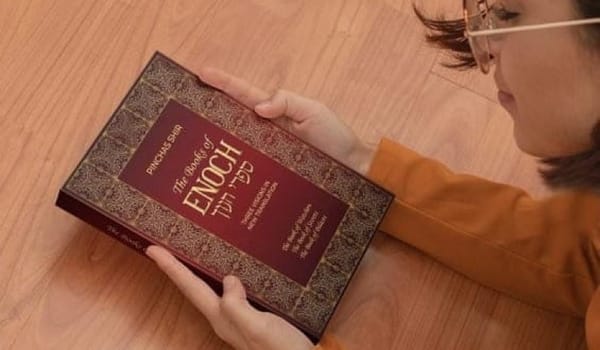
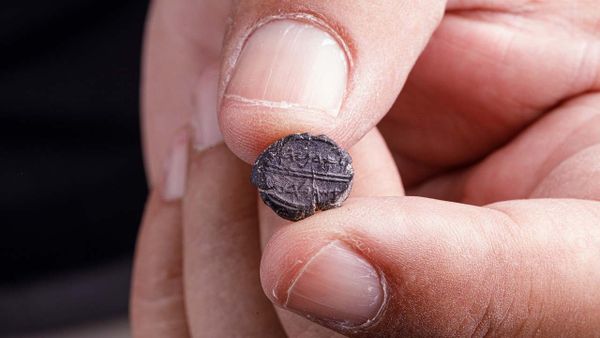


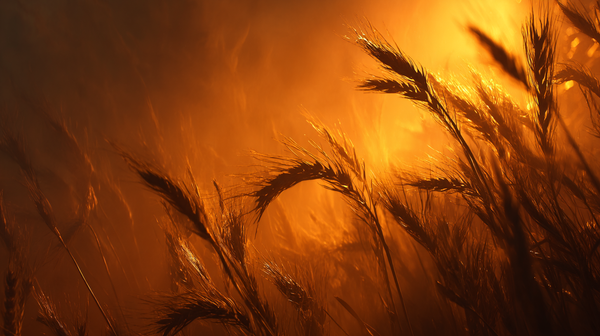
Member discussion